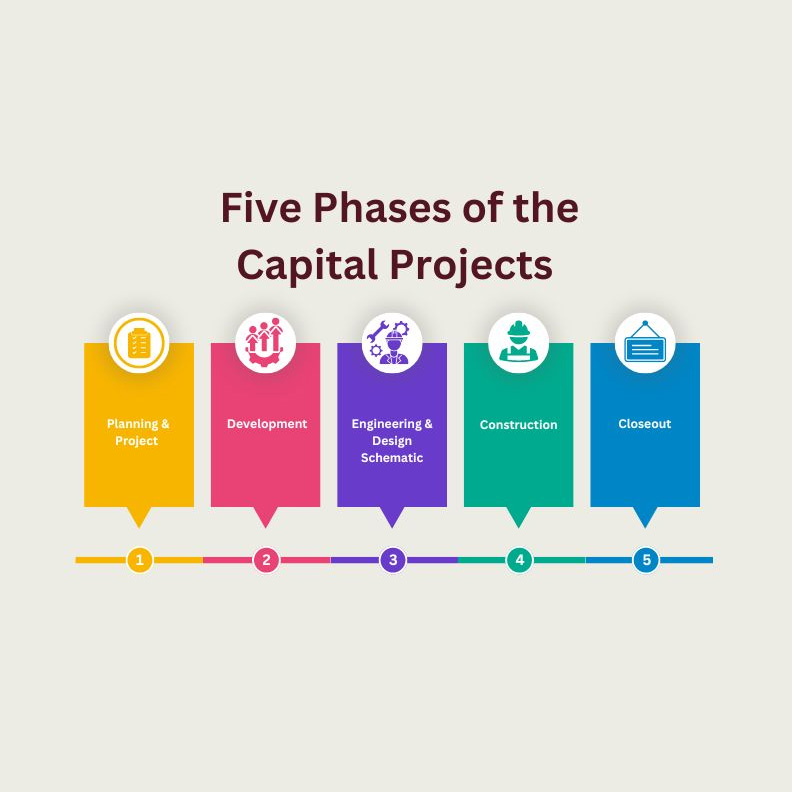A Groundbreaking Vision: Inside New York’s Service-Disabled Veteran-Owned Business (SDVOB) Program
From the beginning, New York State’s Service-Disabled Veteran-Owned Business (SDVOB) program has been nothing short of groundbreaking. It was established in 2014 with a clear vision: to foster meaningful participation of service-disabled veteran-owned businesses in the state’s contracting opportunities. This monumental step placed New York on the cutting edge of veteran advocacy. Even better, the program has proven remarkably successful, shaping the lives of countless veterans and business owners—and for that, Front Line Advisory Group extends its heartfelt gratitude. Quite simply, the SDVOB program is one of the main reasons our firm exists today.
A Groundbreaking Law
The SDVOB program was signed into law through Article 17-B of the New York State Executive Law, commonly referred to as Executive Law §§ 369-H – 369-K. Within this legislative framework—often cited as NY Exec L § 369-J (2014)—New York sets forth a bold objective: to achieve a 6% participation goal for SDVOBs in state procurement. This unique target underscores New York’s dedication to uplifting service-disabled veterans, who have already sacrificed so much, by giving them a fair chance to succeed in state contracting.
Why This Matters
For decades, many veterans have returned home to face a variety of barriers: medical, financial, and employment-based. Those living with service-connected disabilities shoulder an even heavier load. Recognizing that entrepreneurship offers one path to independence, state leaders crafted this program to address disparities in public contracting. Providing dedicated opportunities for these veteran-owned businesses means:
- Increased Economic Participation: By broadening procurement channels, SDVOBs can secure contracts in public works, technology, commodities, and services, spurring significant economic impact.
- Inclusive Growth: In elevating these businesses, New York supports a more diverse and resilient marketplace.
- Empowerment & Dignity: Financial success fosters dignity and autonomy, two essential components of reintegration for veterans living with disabilities.
A Few Key Details
- Program Administration
The New York State Office of General Services (NYSOGS) oversees the SDVOB program. Its Division of Service-Disabled Veterans’ Business Development monitors compliance, certifies applicants, and identifies new procurement opportunities. - Eligibility Requirements
A business must be at least 51% owned by one or more service-disabled veterans, each having a service-connected disability rating of at least 10%. Furthermore, veterans must control day-to-day operations. Meeting these criteria is the first step toward certification. - Certification Process
To become certified, businesses submit an application demonstrating their ownership structure and relevant disability rating. Once certified, these SDVOBs gain access to the state’s procurement network, including vital resources and direct contracting opportunities. - Mandatory Participation Goals
While several other states offer veteran preference programs or aspirational targets, New York is among a select few that embed a mandatory participation goal—set at 6%—right in its statutes. This requirement compels agencies to proactively seek out SDVOBs and award them a share of public contracts. - Procurement Avenues
New York’s law features “good faith effort” provisions, utilization plans, and reporting mechanisms to ensure compliance. State agencies are required to monitor contracts, encourage SDVOB inclusion, and track progress in reaching the 6% target.
How It Works in Practice
When SDVOBs bid on a state contract, they submit their certification and, where applicable, a Utilization Plan (SDVOB 100) outlining their proposed role and value of the work. Agencies then review these submissions, either approving them or requesting additional information. This transparent process ensures that SDVOBs can realistically vie for contracts—either independently or as subcontractors, suppliers, or partners with larger firms.
Monitoring and Compliance: Should any contractor fail to meet its stated SDVOB participation, a notice of deficiency is issued. They must respond by detailing how they will remedy the shortfall, request a waiver, or adjust their plan. If they do not respond satisfactorily, they risk disqualification from the bid or a breach of contract.
Celebrating Milestones
Since its inception, the SDVOB program’s impact has been remarkable. Scores of service-disabled veteran entrepreneurs have launched or expanded companies thanks to new opportunities in state contracting. Industries benefiting range from construction and project management to IT services and more. This progress resonates far beyond contract numbers, evidencing a shift in how society values and enables veterans’ economic contributions.
A Special Thanks from Front Line Advisory Group
As one of the many organizations shaped by this program, Front Line Advisory Group offers a heartfelt acknowledgment. Without New York’s pioneering stance on SDVOB inclusion, we might never have gained the early opportunities and exposure that were so critical to our success. Over time, we have grown from a modest consulting firm into a robust, multi-faceted enterprise, thanks in no small measure to the project awards and network-building made possible by Article 17-B.
Looking Ahead
It is a testament to New York’s forward-thinking approach that other states are gradually following suit, either by introducing their own mandatory goals or strengthening existing veterans’ initiatives. Yet, the Empire State remains a shining example of how governments can actively promote economic opportunities for those who have sacrificed in service to our country.
New York’s SDVOB program is more than just a law—it is a blueprint for inclusive economic growth, veteran empowerment, and successful public-private partnerships. In championing a 6% participation rate, the state proves that honoring service-disabled veterans goes well beyond commemoration; it translates gratitude into tangible support. As the program continues to thrive, its legacy will be measured not just in contracts awarded, but in the real-world transformations of lives and businesses across New York—and for that, we at Front Line Advisory Group remain immensely grateful.













